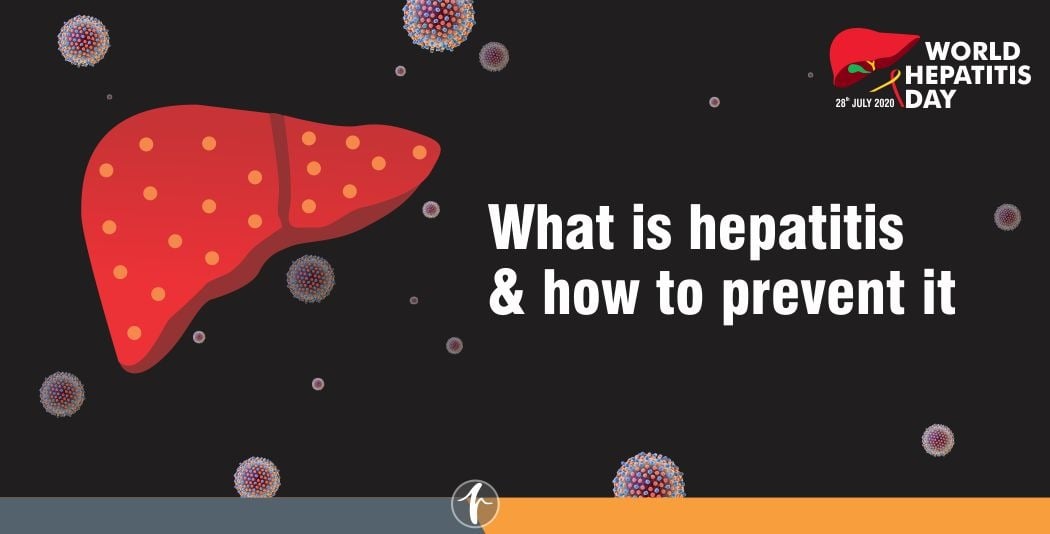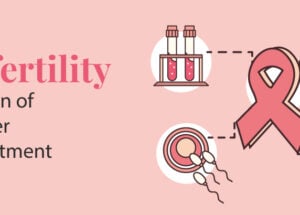Gestational Diabetes – Causes, Symptoms, and Treatment
July 2, 2020

Gestational diabetes is a type of diabetes that develops during pregnancy and affects how your body uses sugar (glucose). Although it usually goes away after childbirth, it can pose serious health risks to both the mother and baby if left unmanaged. Often diagnosed in the second or third trimester, this condition requires careful monitoring and lifestyle adjustments to ensure a healthy pregnancy. In this article, we’ll explore the causes, symptoms, and treatment options for gestational diabetes, helping expectant mothers stay informed and proactive about their health.
What Causes Gestational Diabetes?
Glucose is produced in the body from the foods you eat. The pancreas, an organ located just behind the stomach, produces insulin. Insulin is a hormone that takes the glucose from the bloodstream and carries it inside your body’s cells, where it is used for energy and allows excess glucose to be stored properly. Gestational diabetes occurs when the body can’t produce enough insulin during pregnancy. As the baby grows, the placenta releases hormones that can interfere with the action of insulin, making it harder for your body to regulate blood sugar. In some women, this leads to higher-than-normal blood sugar levels. Risk factors like being overweight, having a family history of diabetes, or having had gestational diabetes in a previous pregnancy can also increase the chances of developing the condition.
Who’s More Likely to Develop Gestational Diabetes?
Gestational diabetes affects about 4–8 of every 100 pregnant women. The incidence rate is sometimes reported as 16% in Indian women. Any pregnant woman can develop the condition, but some women are at greater risk than others. Known risk factors include:
- Age (older than 25 years; the risk is even greater after age 35).
- Race (occurs more often in African Americans, Hispanics, American Indians, and Asian Americans).
- Overweight and obesity.
- Personal history of gestational diabetes or prediabetes.
- Having delivered a baby weighing more than 9 pounds.
- Family history of type 2 diabetes (in parents or siblings).
Among women with these risk factors, as many as 14 in 100 develop gestational diabetes.
How Dangerous is Gestational Diabetes?
High blood sugar levels during pregnancy can pose serious risks for both the mother and the baby. For the mother, it increases the chances of complications such as preeclampsia (high blood pressure during pregnancy), and it may lead to early delivery. For the baby, elevated blood sugar can cause excessive growth in the womb, making the baby larger than average, a condition known as macrosomia. This can lead to a difficult delivery, increased risk of birth injuries, or the need for a cesarean section.
In severe cases, poorly managed gestational diabetes may increase the risk of stillbirth. After birth, babies may face issues like jaundice, breathing difficulties, or dangerously low blood sugar (hypoglycemia). This happens because the baby’s body continues producing extra insulin in response to the high sugar levels experienced in the womb, even after birth.
Symptoms of Gestational Diabetes
Most women with gestational diabetes have no warning signs or symptoms, so all pregnant women should be tested for this condition between the 24th and 28th weeks of pregnancy. For minority women who are obese and who have had a previous history of gestational diabetes or a family history of type 2 diabetes, experts recommend testing at the first prenatal visit. The test is called the oral glucose tolerance test (OGTT) and involves measuring blood glucose levels both before and after drinking a sugary liquid. Some major symptoms are listed below.
- Increased thirst and urination.
- Fatigue (feeling tired all the time).
- Blurred vision.
- Infections of the bladder, vagina, or skin.
Treatment Options for Gestational Diabetes
Eating a healthy, well-balanced diet, maintaining a healthy weight, and getting regular exercise are important in preventing and treating gestational diabetes. Your health care provider will carefully monitor your blood sugar and also refer you to an expert, such as an endocrinologist or diabetes educator, to help you keep it under control. If diet and exercise are insufficient, you may need treatment with oral medications or insulin.
Because women who have had gestational diabetes are at risk for developing type 2 diabetes, you should check your blood glucose six weeks after your baby is born and have regular check-ups after that. Breastfeeding can also reduce your child’s chances of becoming overweight and developing type 2 diabetes themselves.
Questions to Ask Your Doctor
- What can I do to prevent gestational diabetes?
- I have gestational diabetes. How often should I check my blood glucose level?
- How often should I check my blood glucose after my baby is born?
- Can gestational diabetes lead to other health problems?
- Should I see an endocrinologist for my care?
Frequently Asked Questions
1. What are the warning signs of Gestational Diabetes?
Warning signs of gestational diabetes can include increased thirst, frequent urination, fatigue, and blurred vision. However, many women have no symptoms, so screening is important during pregnancy.







